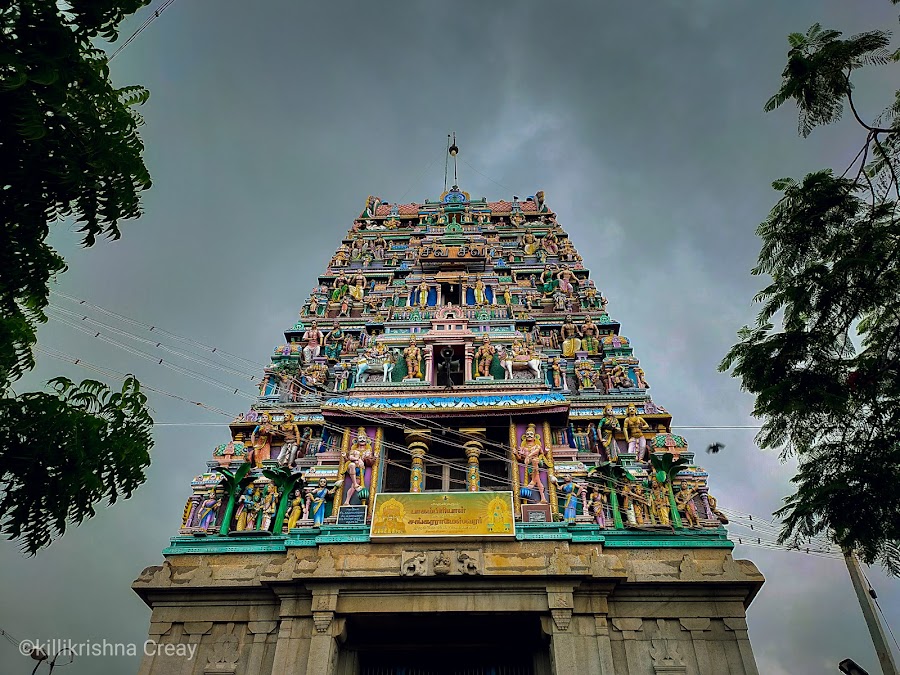
Sankaraparani Amman Kovil
Tuticorin, India
- Admire the Dravidian architectural style.
- Attend local festivals and celebrations.
- Experience the spiritual atmosphere of the temple.
- Explore the intricate sculptures and carvings.
- Participate in temple rituals and poojas.
Known for:
Description:
Sankaraparani Amman Kovil is a revered Hindu temple located in Tuticorin, dedicated to the goddess Sankaraparani Amman. The temple is known for its vibrant festivals, intricate sculptures, and spiritual atmosphere. Devotees flock here to seek blessings for prosperity, health, and well-being. The temple complex is a beautiful example of Dravidian architecture, featuring towering gopurams (gateway towers) adorned with colorful deities and mythological figures. The sanctum sanctorum houses the idol of Sankaraparani Amman, radiating divine energy. The temple is a significant cultural and religious landmark in Tuticorin, offering a serene and enriching experience for visitors. It's a place where one can immerse themselves in the local traditions and experience the deep-rooted faith of the community. Don't miss the opportunity to witness the daily rituals and special poojas performed by the priests.
History:
The history of Sankaraparani Amman Kovil is deeply intertwined with the local folklore and traditions of Tuticorin. While the exact origins are not precisely documented, the temple is believed to have been established centuries ago. Local legends narrate stories of the goddess Sankaraparani Amman appearing to devotees in the region, leading to the construction of the temple. Over the years, the temple has undergone several renovations and expansions, reflecting the devotion of the community and the patronage of various rulers. The temple has served as a focal point for religious and cultural activities in Tuticorin, fostering a sense of unity and shared heritage among the people. It stands as a testament to the enduring faith and the rich cultural tapestry of the region, preserving the traditions and beliefs of generations.